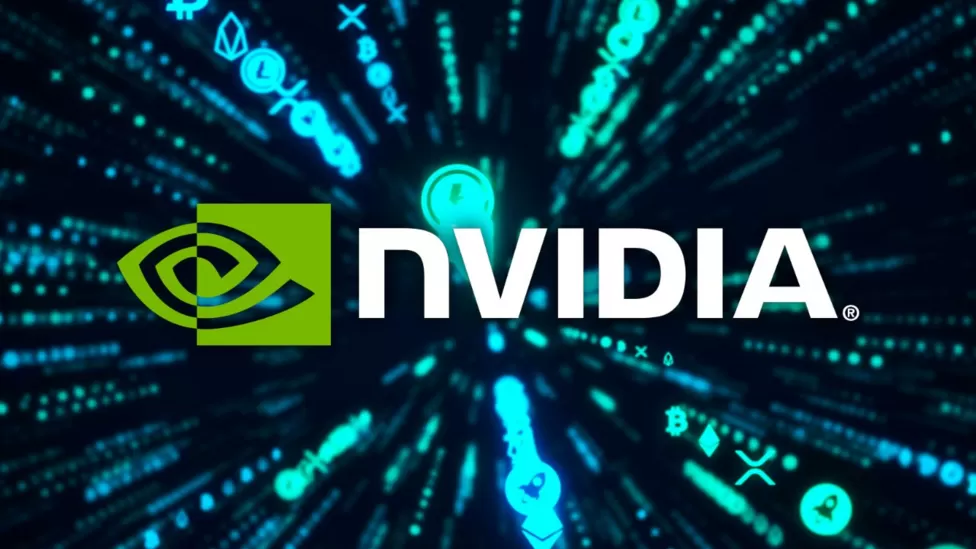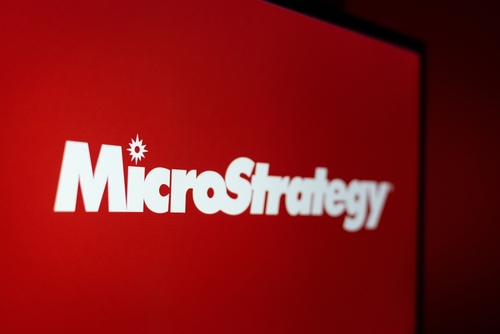Tech Stocks Plummet After Nvidia's CES 2025 Speech, Micron Emerges as a Rare “Survivor”

TradingKey – On the opening day of CES 2025, tech stocks tumbled as strong U.S. economic data diminished the likelihood of interest rate cuts, while Micron emerged as a standout winner.
On Tuesday, January 7, all three major U.S. indices fell sharply: the S&P 500 dropped 1.11%, the Nasdaq declined 1.89%, and the Nasdaq 100 fell 1.79%.
Several factors contributed to the steep decline in U.S. stocks. The November JOLTS report hit a six-month high, and the December ISM Services Index reached its highest level in over a year, both undermining expectations for Federal Reserve rate cuts. Additionally, Fed officials issued rare comments suggesting that U.S. stock valuations were excessively high, and Nvidia’s product announcements failed to meet market expectations.
Shares of Nvidia plunged 6.22%, while TSMC fell 4%, and other tech stocks followed suit. However, Micron Technology (MU.US) rose 2.67% to $101.91, climbing over 7% at one point during the session. This followed a 10.45% surge in Micron’s stock price on Monday.
At CES 2025, Nvidia CEO Jensen Huang unveiled a range of new products, including next-generation consumer GPUs based on the Blackwell architecture, the Project DIGITS desktop computer, and specified that Micron’s G7 memory would be exclusively used in these products.
Huang highlighted Micron’s role in supplying high-bandwidth memory chips for Nvidia’s new GeForce RTX 50-series gaming chips, a key component for AI technology.
He remarked, “We're getting G7 memory from Micron of 1.8 terabytes per second, twice the performance of our last generation, and we now have the ability to intermix AI workloads with computer graphics workloads.”
The memory chip industry is known for its cyclical nature, but the partnership between Micron and Nvidia has revitalized Micron, which had been struggling in a "cyclical pit." With Micron’s HBM products now integrated into Nvidia’s AI chips, the company has positioned itself as one of the few players participating in the rapidly evolving AI sector.
JPMorgan commented that the storage down cycle will be short-lived, forecasting improvements in market conditions in the second half of 2025. This outlook is driven by a tight supply of leading DRAMs and robust demand for AI servers, which are expected to boost Micron’s business.
Micron is optimistic about its future in the AI sector, projecting that the total addressable market (TAM) for HBM will grow fourfold, from $16 billion in 2024 to over $100 billion by 2030.







